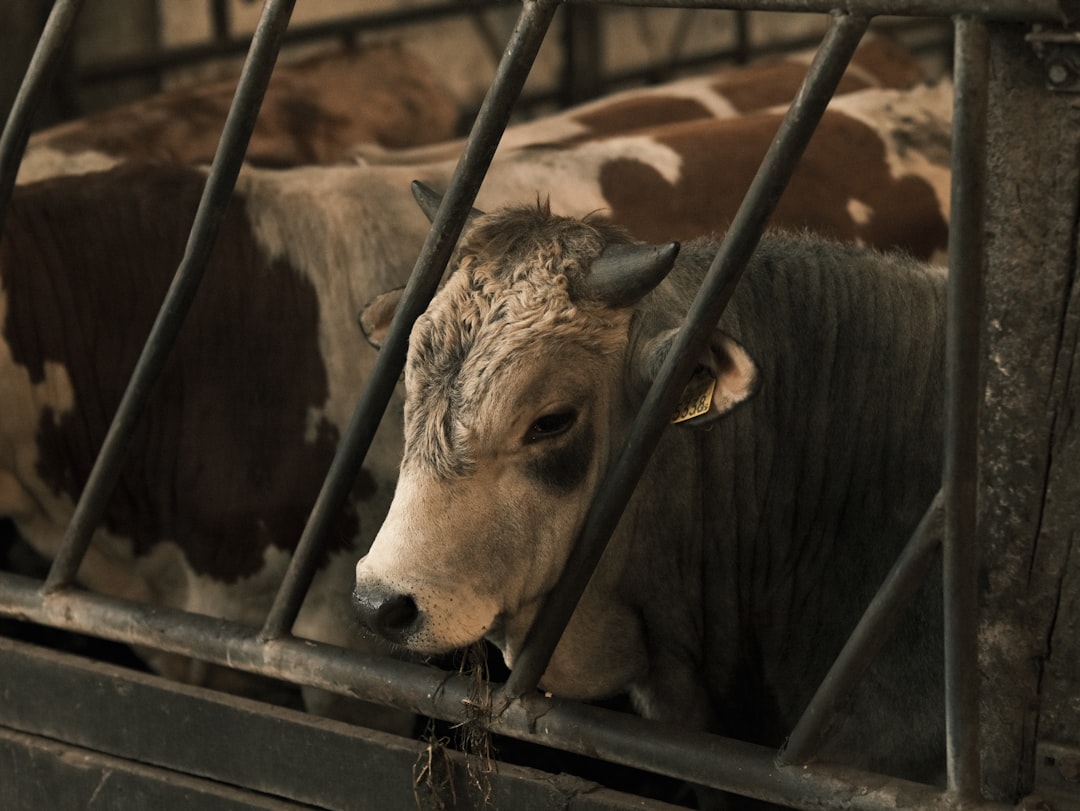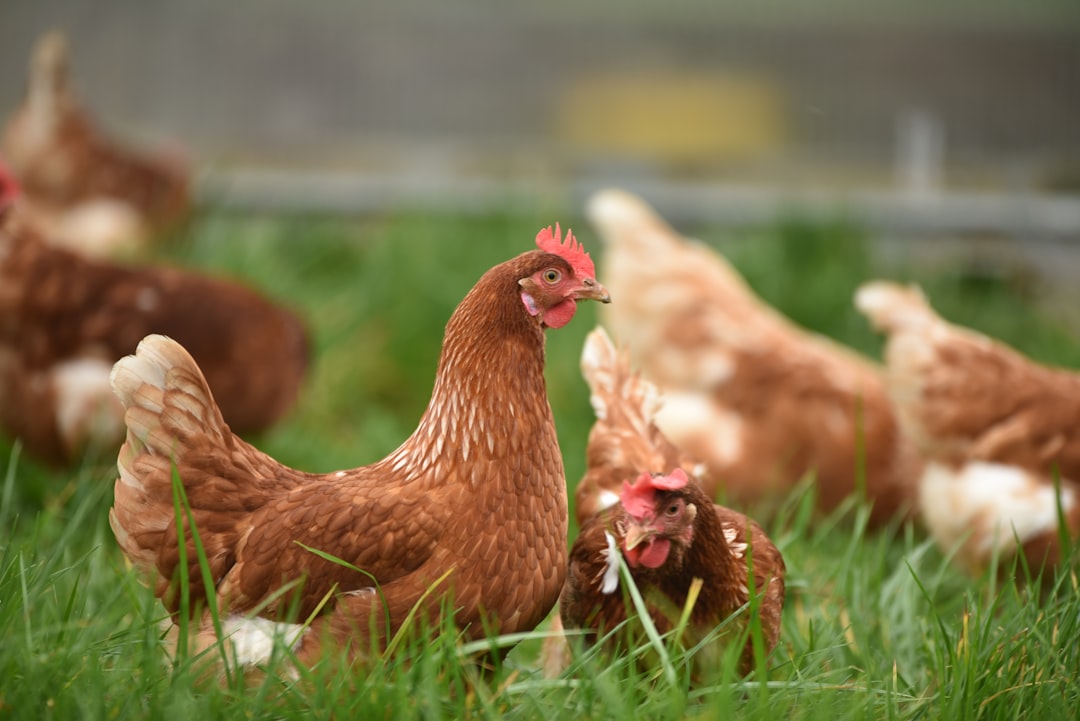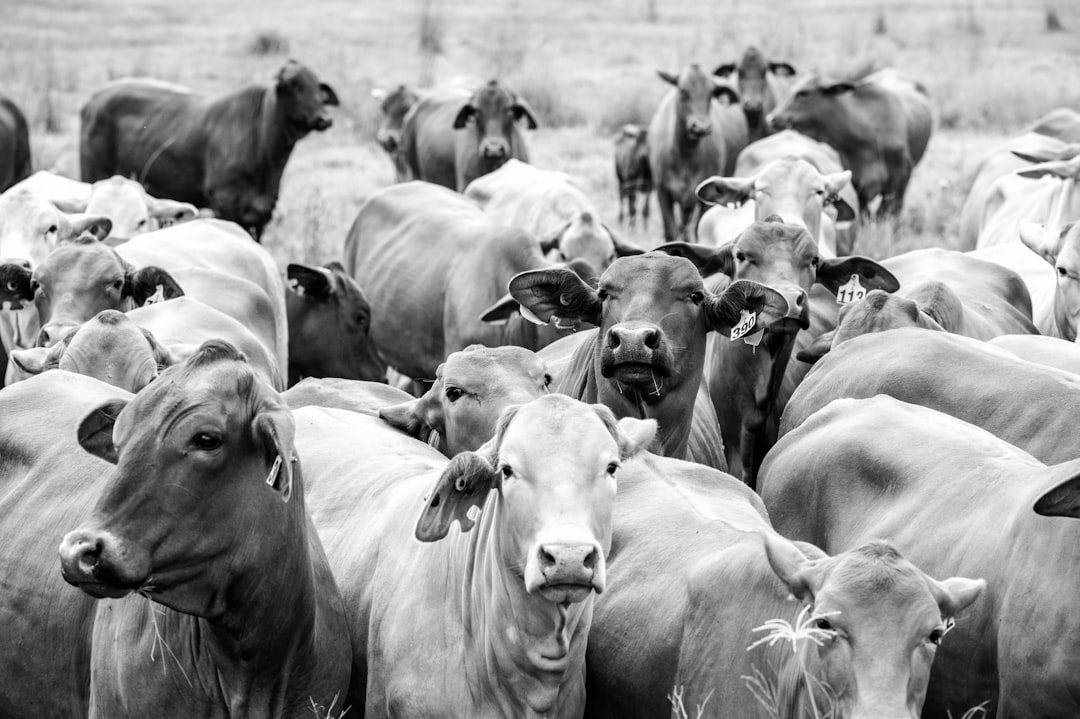

Engage prospects with a scan and streamline customer engagement with FREE QR code marketing tools by Sona – no strings attached!
Create a Free QR CodeFree consultation

No commitment

Engage prospects with a scan and streamline customer engagement with FREE QR code marketing tools by Sona – no strings attached!
Create a Free QR CodeFree consultation

No commitment
QR codes have become a strategic asset for connecting offline engagement with online action. For animal food manufacturers, QR codes deliver a practical, seamless way to boost customer engagement and gather actionable insights, with no app download or complex setup required. When a curious pet owner, farmer, or distributor scans a code on your packaging, display, or shipment documentation, you turn a static moment into a measurable digital interaction.
The animal food manufacturing sector is highly competitive and regulated, where packaging significantly influences consumer decisions, compliance, and brand identity. Trends like sustainable production, innovative packaging, and ethical sourcing are reshaping buyer expectations across pet, livestock, and specialty nutrition categories. Without a digital bridge at the point of curiosity, missed opportunities and fragmented data can leave high-value buyers and important insights out of reach.
Integrating QR codes into animal food packaging streamlines supply chain transparency, provides instant access to nutrition and certifications, and delivers interactive experiences for pet owners and stakeholders. This ties physical products directly to digital journeys and helps manufacturers close gaps in marketing, compliance, and customer engagement. With the right QR strategy and a centralized platform to manage codes, content, and analytics, manufacturers can accelerate feedback loops, sharpen targeting, and attribute revenue to packaging interactions with precision. Explore the Sona QR product overview to see how this works end to end.

Many animal food manufacturers lose visibility into customer engagement when prospects interact with packaging but never fill out a feedback card or digital form. This results in missed high-value prospects and stalled pipeline growth. Paper inserts, generic brochures, and toll-free numbers slow people down, while anonymous website traffic fails to reveal which product, lot, or shelf placement sparked interest in the first place.
QR codes bridge physical touchpoints and digital outcomes, making it possible to replace analog friction with instant actions. With a single scan, you can route pet owners to feeding calculators, batch traceability, or a purchase receipt upload for rewards. For B2B buyers, you can reveal distributor-focused materials, reorder portals, or certification downloads that otherwise require manual outreach. The key is to match each code to a clear objective and measure what happens next. For ideas, see Sona QR’s guide to QR codes in marketing.
Example: Deploy QR codes that direct pet owners to warranty activation or product information forms, capturing prospect intent at the point of curiosity. A centralized QR management platform like Sona QR makes these efforts scalable, measurable, and actionable. Dynamic codes allow you to update destinations as campaigns evolve, while dashboards show which SKUs, regions, and channels perform best.

Animal food manufacturers need ongoing engagement, compliance, and personalized content in response to evolving consumer demand. Without visibility into who is engaging with packaging and point-of-sale materials, potential leads remain unknown and opportunities get missed. QR codes solve these offline-to-online gaps by guiding each moment of interest to a clear action and capturing the data behind it.
Packaging real estate is precious, yet consumer questions often require more space than a label can provide. Feeding transitions, ingredient sourcing, species-specific nutrition, certifications, and recall details all benefit from dynamic content that can change without reprinting. QR codes provide that flexibility. They also let you present tailored content based on the audience and context: a retailer scanning a master carton can see wholesale information, while a pet owner scanning a single pouch gets feeding calculators and rewards.
QR codes help by:
Feature-focused content and scan activity allow manufacturers to proactively engage key accounts and avoid churn or missed upsells. For instance, rising scan volume of a lamb-based formula in a specific region can inform distributor stocking, retailer promotion, and field team outreach within days rather than months.
Generic analytics and broad targeting often miss audience nuances or regulatory detail. QR codes offer a flexible toolkit that lets you match the format to the job and capture outcomes that matter for operations, compliance, and growth.
Dynamic QR formats let marketing and compliance teams respond rapidly to regulatory changes. Centralized management keeps destinations and content updated, which is critical in a regulated environment with frequent formulation improvements, certification renewals, or emergency recall scenarios. For operational efficiency, use dynamic codes for any campaign or content that may need to change post-print, and reserve static codes for permanent destinations such as a brand homepage on a trade show banner.

Many manufacturers hesitate to change established processes, which can leave growth untapped. Packaging, displays, and logistics materials already reach high-intent audiences, yet they often fail to connect the moment of interest to a measurable digital action. QR codes help you capitalize on these touchpoints without overhauling your production lines.
Strategic QR code placement delivers value by:
Targeting high-impact assets ensures every segment, from pet owners to bulk buyers, receives relevant, timely engagement. Start with your highest volume SKUs, your most visible displays, and your largest events. Then expand to master cartons, pallets, invoices, and shipping inserts where B2B buyers can scan without friction.

Challenges like compliance gaps, slow recalls, and poor audience segmentation often stem from missing data at the moment of interest. QR codes turn those moments into measurable actions and clear benefits for both consumers and the business.
These use cases not only close compliance and feedback gaps but also enable new data-driven marketing strategies. When a feeding calculator scan correlates with a retailer’s reorder, you can attribute real value to your packaging. When a distributor scans a master carton to download a sell sheet, sales teams can follow up with targeted content that matches the product line and territory.
It is hard to convert anonymous offline engagement into actionable segments without a plan for tagging and routing. Weak segmentation leads to generalized messaging and low conversion. Modern QR campaigns let you use context to automatically segment by persona, lifecycle stage, and intent.
Linking scan behavior with CRM and marketing automation closes the offline-online gap for more efficient audience development. A retailer who scans a merchandising guide at a trade show can receive a tailored follow-up within hours. A pet owner who scans a senior dog feeding guide can enter an automated series that educates on joint support formulations and offers a timed discount at preferred retailers. For execution ideas, see Sona’s Playbook retargeting playbook.
Disjointed marketing creates inconsistent experiences and data silos. QR codes connect your print, in-store, events, and digital channels into a coherent funnel. With each scan, you learn what content resonates and where to invest next.
Here are five ways QR codes enhance your broader marketing strategy for animal food manufacturers:
QR codes serve as the offline onramp to your digital marketing engine. They also unlock a new layer of data collection across historically hard-to-measure channels. With a centralized platform like Sona QR, you can manage all your codes, monitor performance, and sync scan data with your CRM and ad platforms for unified reporting.
Rollout complexity can slow adoption when you are balancing compliance, branding, and technology. Use the following steps to launch smoothly, capture clean data, and scale with confidence across consumer and B2B environments.
Start with a single, high-impact objective. For consumer packaging, product registration, feeding calculators, or traceability portals are excellent first use cases. For B2B, focus on distributor materials, reordering flows, or sell sheet downloads tied to specific product lines. Align the use case with a concrete business outcome, such as reducing support calls, raising loyalty enrollment, or increasing retailer reorders.
Choose between static and dynamic QR codes based on your need for flexibility and analytics. Static codes are suitable for destinations that never change, like a brand homepage on a trade show banner. Dynamic codes are ideal for packaging and campaigns that may require updates, testing, or segmentation.
With Sona QR, you can manage both static and dynamic codes. Dynamic codes allow you to redirect traffic during recalls, update feeding guides by formula, and compare performance across CTAs without reprinting.
Design codes for high visibility and clarity. Include a concise, benefit-driven call to action that tells people exactly what they get by scanning. Use sufficient contrast, white space, and sizing appropriate to the environment.
Plan for accessibility by providing a short fallback URL under the code. This helps users in low-connectivity environments or those who prefer not to scan.
Launch where you will see results quickly. Prioritize packaging for top SKUs, retailer displays, and trade show materials. Consider B2B placements like invoices, master cartons, and sample kits that reach high-value buyers who rarely visit your consumer site.
Stagger rollouts by region or product line to compare outcomes and reduce risk. Use learnings from early deployments to refine CTAs, placements, and destinations before a company-wide rollout.
Establish analytics to monitor performance from scan to outcome. Define key metrics such as scan rate per 1,000 units, form completion rate, coupon redemption, and reorder growth. Review results weekly during the first eight weeks and monthly after that.
Use Sona QR to monitor scans by time, location, and device, then route signals into your CRM. Over time, this yields a closed-loop view of which codes drive revenue, which placements deliver the best ROI, and where to double down. For aligning analytics with pipeline outcomes, see Sona’s blog on how to measure pipeline.

Manufacturers often struggle to tie packaging engagement or recall flows back to revenue and risk metrics. Granular analytics solve this by capturing context at the scan level and linking it to downstream outcomes such as registrations, coupon redemptions, distributor meetings, and reorders. This is essential for proving the impact of packaging changes and for optimizing spend across channels.
Analytics should begin at the scan and continue through conversion. Key data points include device type, timestamp, code location, SKU, and campaign source. Destination analytics measure form completion, content engagement, and conversion behavior. CRM and ERP integrations connect the dots by associating scans with contacts, accounts, and orders.
With Sona QR, you capture real-world engagement. With Sona.com, you unify those signals with web, ad, and CRM data to attribute results to the right channels and messages. This closed-loop view transforms QR from a convenience into a performance engine that guides investment and product decisions.
Scaling QR codes across product lines, regions, and partners requires consistency, training, and automation. The following practices help you capture more value while protecting brand integrity and compliance.
For creative deployment, consider QR codes on sample packs distributed at dog parks or breeder events that route to a trial offer, and QR codes on invoices that allow retailers to reorder with one tap. You can generate and track your first QR codes for free with Sona QR—Start creating QR codes for free, then expand once you have proof of impact.
QR codes are not just shortcuts in animal food manufacturing, they are a strategy for turning every physical surface into a digital entry point and every moment of interest into measurable action. When executed thoughtfully, they connect packaging and displays to journeys that educate, reassure, and convert. Manufacturers benefit from richer first-party data, faster feedback, and a clear line of sight from scan to revenue.
Here is what they deliver:
With Sona QR, you have everything you need to capture demand at the source and convert it into measurable results. Start with one high-impact use case, instrument it end to end, and let the data guide your next move. As you scale, your packaging evolves from static information into a dynamic engine for transparency, engagement, and growth.
QR codes have transformed animal food manufacturers from using traditional packaging into dynamic, interactive marketing channels. Whether it’s enhancing customer acquisition, delivering richer product experiences, or providing transparent ingredient and sourcing information, QR codes replace static labels with instant, mobile-friendly engagement that builds trust and loyalty. Imagine pet owners effortlessly accessing detailed nutrition facts, feeding guides, and promotions with a simple scan—turning packaging into a powerful sales and education tool.
With Sona QR, you can create dynamic, trackable QR codes in seconds, update information instantly without reprinting, and connect every scan directly to valuable consumer insights and revenue. No more guessing which packaging drives engagement—just clear data and smarter, more profitable campaigns. Start for free with Sona QR today and transform your animal food packaging into a gateway for growth and customer connection.
The article does not specify leading animal food manufacturers globally.
QR codes connect offline packaging and displays to digital content, boosting customer engagement, providing instant access to product information, and enabling measurable interactions without app downloads.
QR codes improve supply chain transparency, enable instant access to nutrition and certifications, increase customer engagement, allow dynamic content updates, and provide real-time data for marketing, sales, and compliance.
While the article highlights the trend of sustainable production and ethical sourcing influencing buyer expectations, it emphasizes using QR codes to share sourcing stories and certifications that support transparency but does not detail specific sustainability practices.
The article focuses on QR code integration and marketing rather than criteria for selecting animal food manufacturers.
Use Sona QR's trackable codes to improve customer acquisition and engagement today.
Create Your FREE Trackable QR Code in SecondsJoin results-focused teams combining Sona Platform automation with advanced Google Ads strategies to scale lead generation

Connect your existing CRM

Free Account Enrichment

No setup fees
No commitment required

Free consultation

Get a custom Google Ads roadmap for your business






Launch campaigns that generate qualified leads in 30 days or less.
